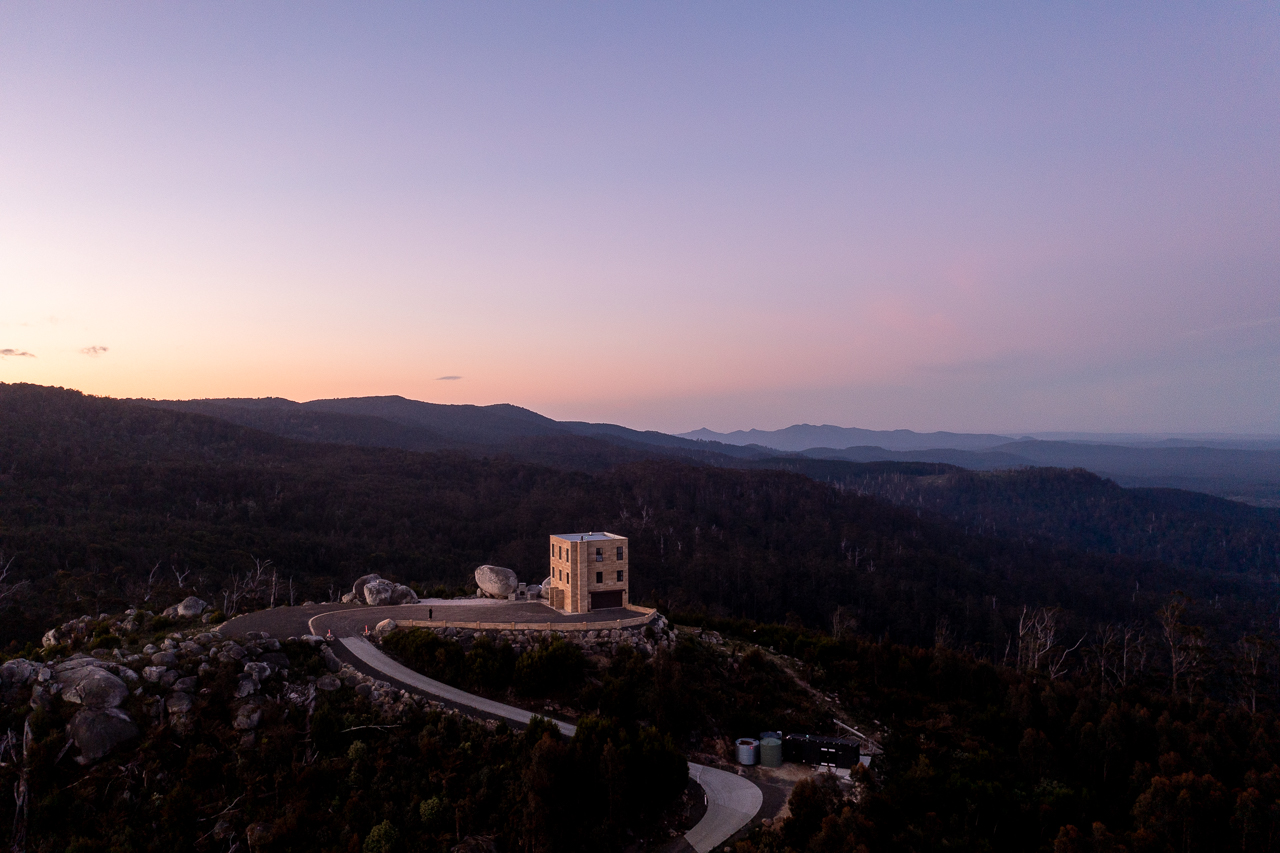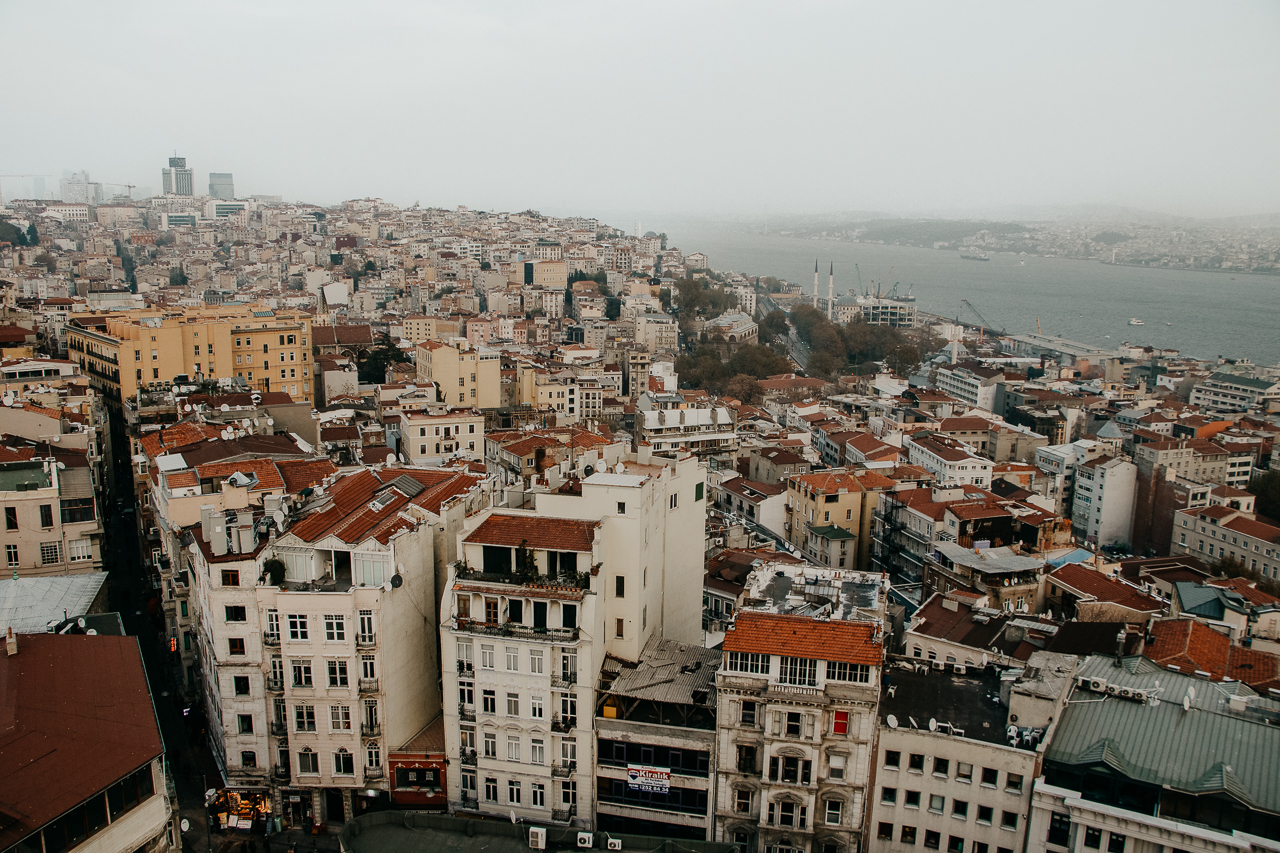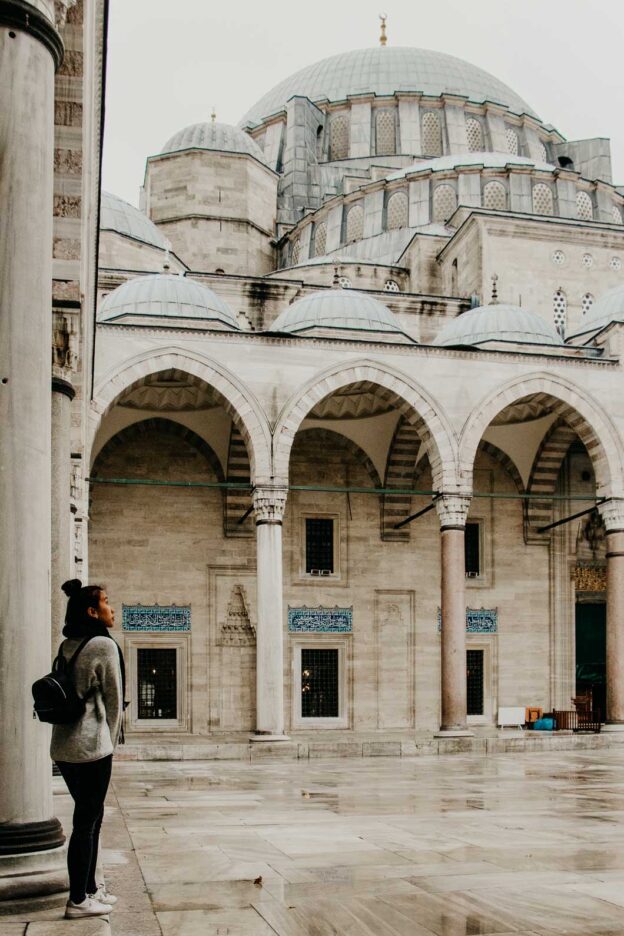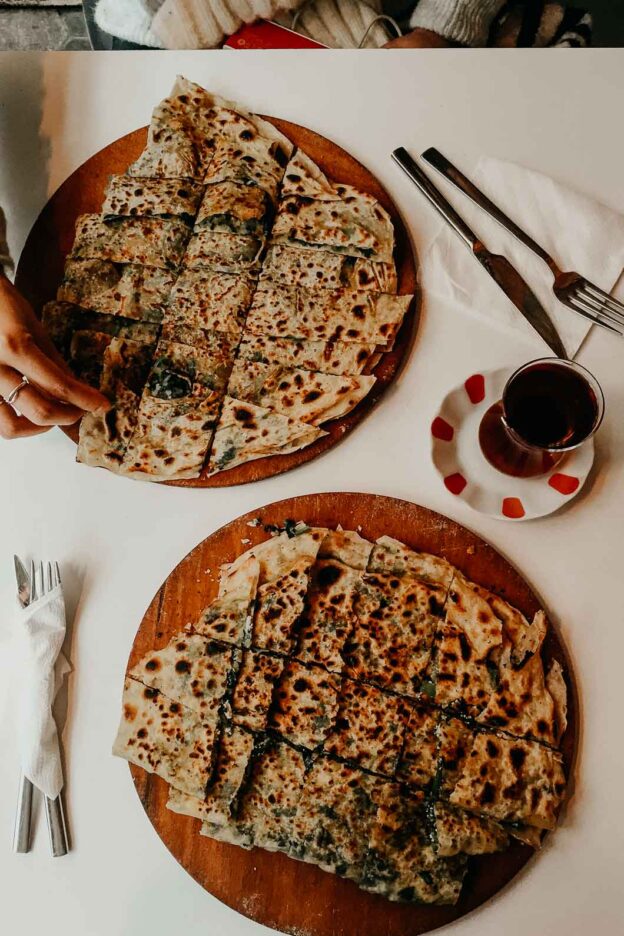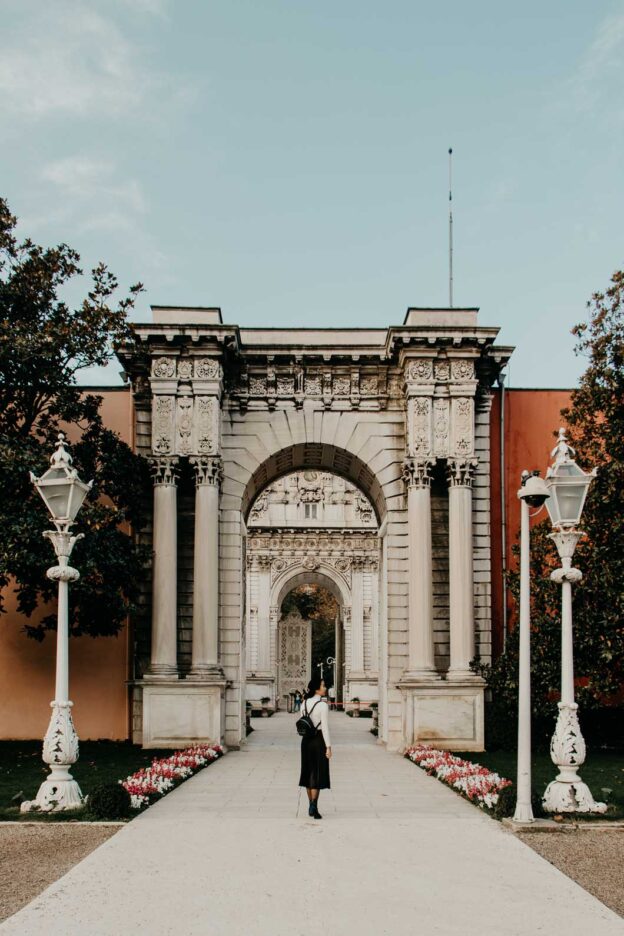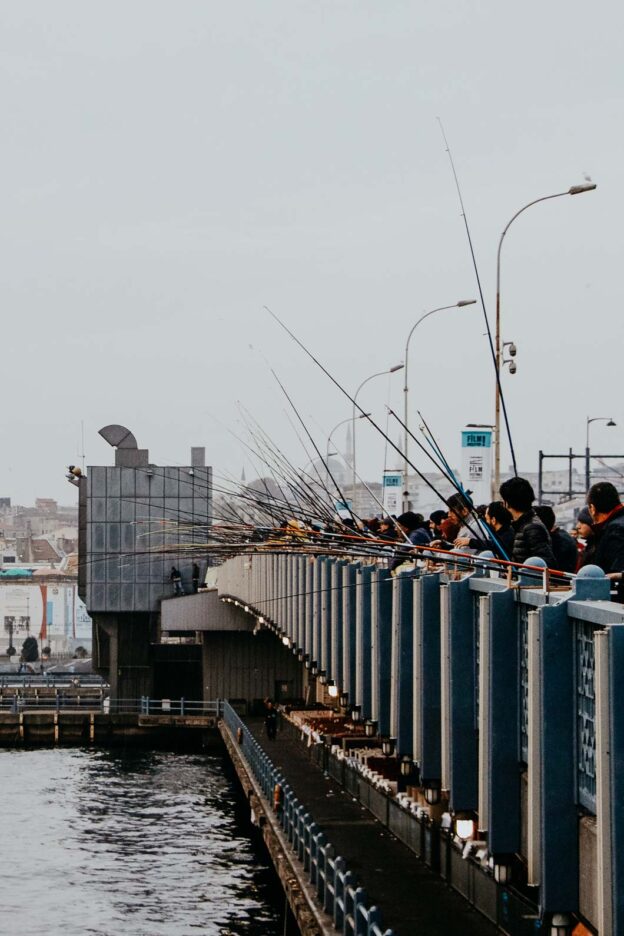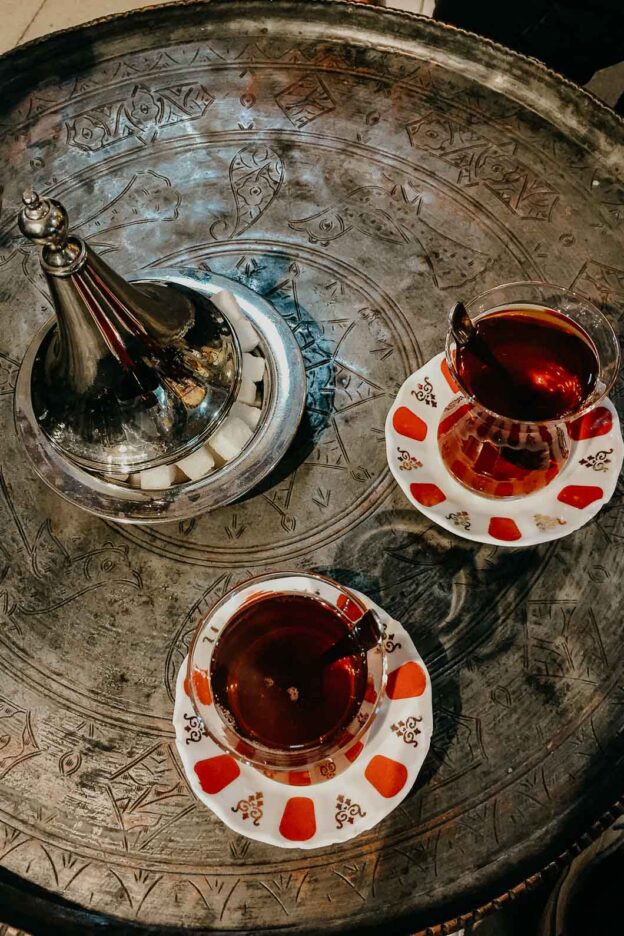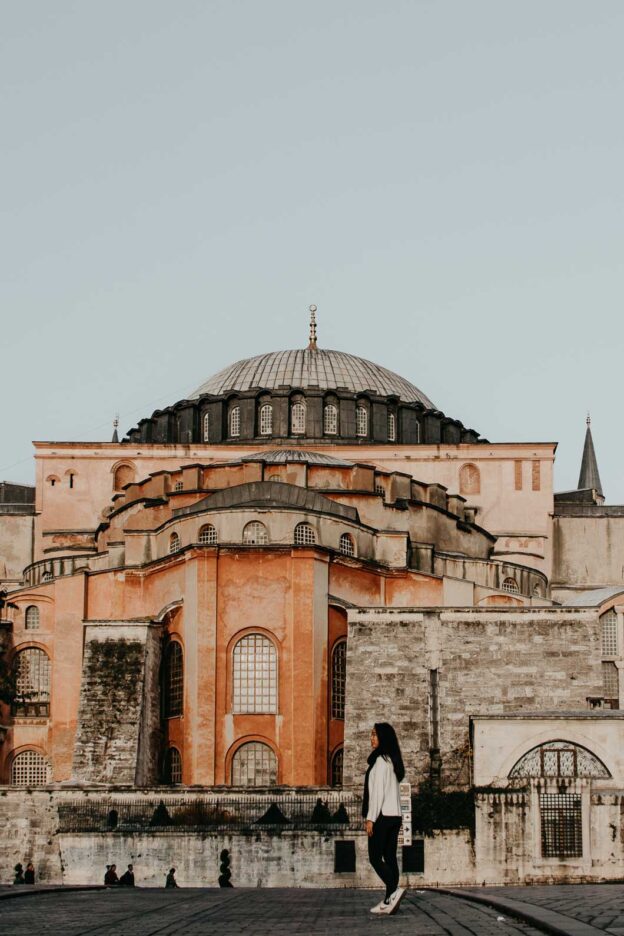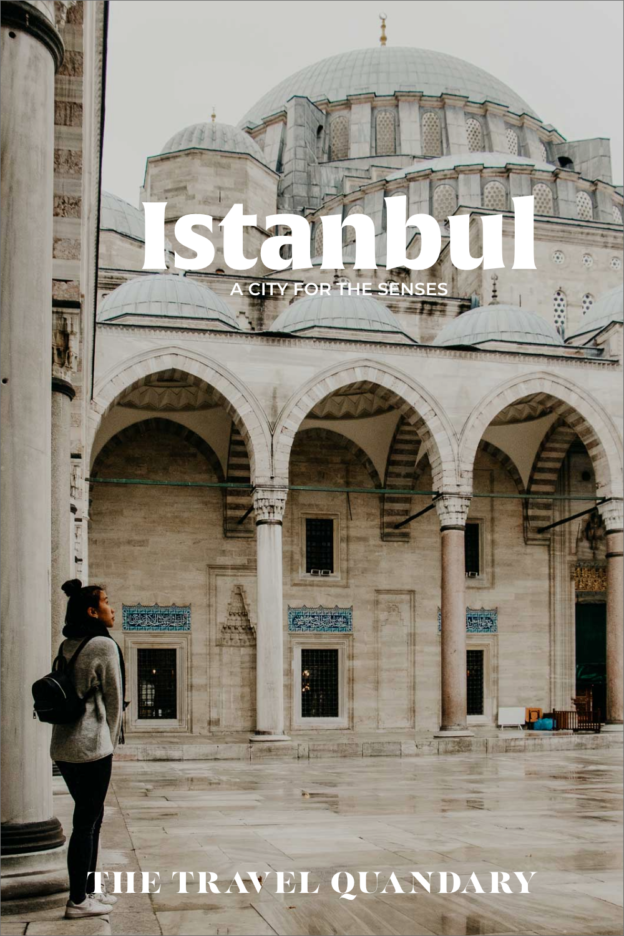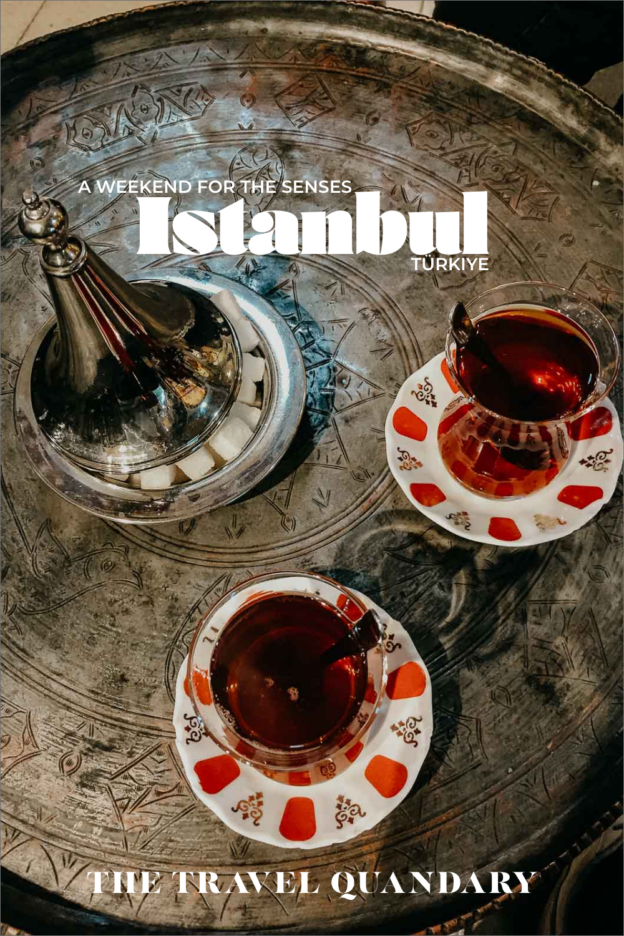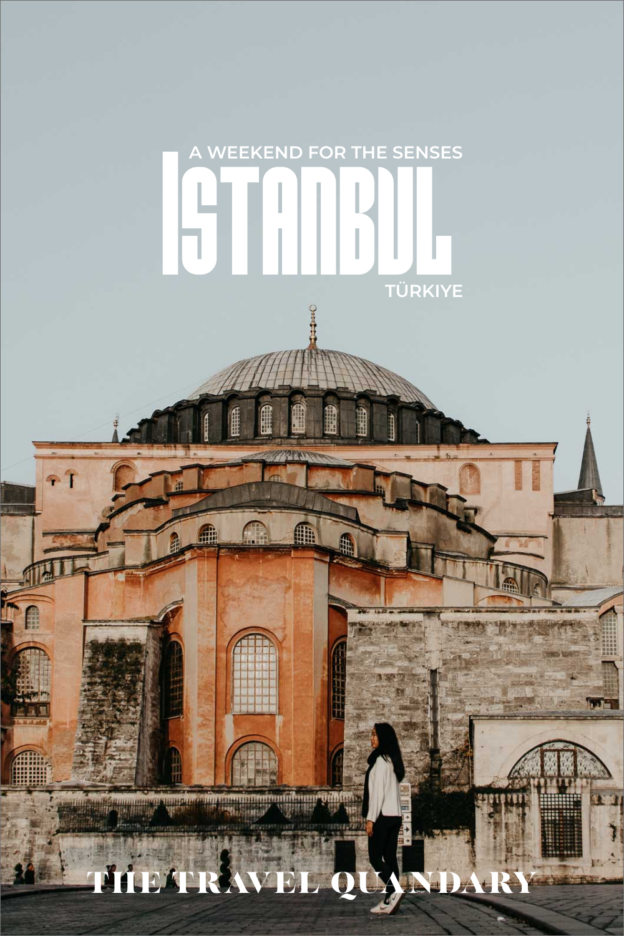The other unmissable experience in Turkey is a traditional Turkish bath. My boyfriend has already encountered the rub-a-dub-dub scrub down on a previous visit to Istanbul, rating it as one of his top travel experiences to date. I’m curious and apprehensive at the thought of another woman dousing me in soup and rubbing me down, given that I’m more than capable of doing these tasks myself.
My boyfriend and I part ways at the reception of Cemberlitas Hamami. I’m handed a towel, a pair of cotton knickers and a locker key before being led upstairs to the changing area. I strip off my clothes, don the cotton knickers, slip my feet into a pair of rubber slides and wrap myself in the towel. A petite woman leads me downstairs, through a dark stone tunnel before emerging into a wide, softly lit cavern. I’m told to sit on one of the wicker chairs lined up against the wall, but no sooner do I sit, I am beckoned by an older woman through another wooden door. I let out a small gasp and catch the woman’s smirk, a knowing look of this all-to-familiar reaction of countless visitors. The ladies hammam is a round room with pale pink marble walls.
Towering columns spiral upwards supporting the dome ceiling approximately 30 metres above. I spy smaller caverns off to the side of the room and hear running water, strangely reminding me of Myrtle’s bathroom from Hogwarts School of Witchcraft & Wizardry. A round altar-like stone takes up most of the space in the centre of the room. I’m instructed to lay down on my towel on my stomach. The air feels warm and moist. A few more ladies walk in and lie down on the stone like me. I suspect that these women are all tourists like myself and I can’t help but think that we must look like young virgin maidens lying on an altar waiting to be sacrificed to the gods.
We lie on the warm stone, the heated air opening our pores and preparing our skin to be cleansed. Several minutes later, I hear sloshing. I glimpse a lady walking towards me carrying a cloth and a bucket of soapy water. She wears a shower cap and has also stripped down to a pair of black cotton knickers. Before I can say “bubble bath”, the woman has dipped the loofer into the suds and starts scrubbing my back in a manner that has me feeling as if my skin is akin to a dirty saucepan. The loofer-cloth utensil is sandpaper rough against my clogged skin and my attendant shows no signs of going gently. The foamy suds engulf me and I’m doused in warm water before being led to one of the side caverns. The lady motions for me to sit down in front of her where she begins to wash my hair. Having my hair washed and my head massaged feels oddly soothing and ridiculously indulgent. All too soon, I’m sent out of the hammam, my skin tingling with its cleanliness.
On our final morning in Istanbul, we head to the Hagia Sofya. The epitome of Byzantine architecture has miraculously withstood several earthquakes as well as years of war between the Byzantine crusaders and Ottoman armies. Otherwise known as Aya Sofya, the building was firstly a Greek Orthodox Christian cathedral and later an Ottoman imperial mosque. Nowadays, the magnificent construction is a museum and continues to undergo painstaking restoration. The domes soar into the heavens, lifting your gaze upwards towards the golden roof. Colossal slabs of marble worn down over the years from millions of footsteps reflect a dull sheen from the low-lit circular chandeliers in the main hall.
On the upper level, I stand on my tiptoes to peer out of a tiny window. Two silvery humps making up the lower domes are topped with golden spires and perfectly frame the Blue Mosque and its minarets in the distance. My eyes drink in the meticulous detail of the Deisis mosaic, the exquisite handiwork evidence of a master’s love and devotion to his craft and faith.
Our last meal in the city during our weekend in Istanbul remains a highlight etched in my memory. Searching for gӧzleme, my boyfriend takes us out to the suburbs of Beşiktaş and off the tourist map. He’s hunting down a recommendation he discovered on FourSquare and is determined to get a fix of the Turkish snack before we leave. Striding down a warren of streets, the area feels like a gentrified entertainment quarter. We pass numerous kahvecisi and kebapçisi, where locals sit brooding over their smartphones in one hand whilst sipping çay in the other. Music blasts from a pub as a dark haired man navigates a trolley of silver beer kegs into the back of an open lorry.
Eventually, we stop in front of a small, unpretentious cafe. We’re the only lunch patrons on the small verandah, the clock having just struck 1:00pm. Peering at the laminated A4 menu, it’s all in Turkish. A petite girl wearing a red zip-up fleece appears, her bushy dark ponytail and long eyelashes surrounding a surprised look. Clearly, the appearance of two famished travellers was not what she expected at this time of the day.
Thanks to Google Translate and the young waitress shyly pointing out the Turkish words for “meat” and “vegetable” (for vegetarian) on the menu, we reassuringly give her two thumbs up, ordering one of each of these gӧzleme and a cup of çay. A matronly woman dressed in starch white and a white bandana scarf emerges from the cafe’s sliding doors, a stern look on her face. Despite her expression, we gather that she is equally surprised to see us in her shop. Some more menu pointing and thumbs up gestures for extra confirmation are exchanged before she dons an apron and steps behind the counter.
The makeshift kitchen bench is at the front of the restaurant and we watch in amazement as the woman rolls the levened dough, sprinkling the toppings and folding it over with expert hands that have clearly made this traditional dish for many years. Several minutes later, the gӧzleme arrives at our table, the dough perfectly crispened and the fillings steaming hot. My boyfriend and I argue over which gӧzleme tastes better (the vegetarian, hands down) and needless to say, we don’t leave a crumb behind. We stuff some extra lira into the chef’s hand refusing her change and depart with big grins and satiated bellies. The blatant surprise on her face from the simple generosity of her foreign benefactors is the type of encounter that steals my heart and reminds me of my love affair with travel.
All too soon, Yusef is loading our bags into a taxi and bidding us goodbye, “I hope you had a wonderful time in Istanbul and you will return again one day.” As our taxi whizzes along the highway, I gaze at the sinking sun over the horizon with boats floating on the Bosphorus. My mind drifts back to the night we arrived in Istanbul. As our taxi whizzed through the streets of Sultanahmet, I caught my first glimpse of the Blue Mosque.
The street lamps lit up the majestic building against a velvet night sky, the mosque looming over the Old Town like a guardian of the night. In that moment, even before the rain, I had a feeling that I would fall for this Turkish delight. The layers of this beguiling metropolis are as addictive as the honey drenched baklava I’ve devoured during my visit. I smile to myself, knowing that it’s the profound love I have for this city that will have me returning to Istanbul one day.
